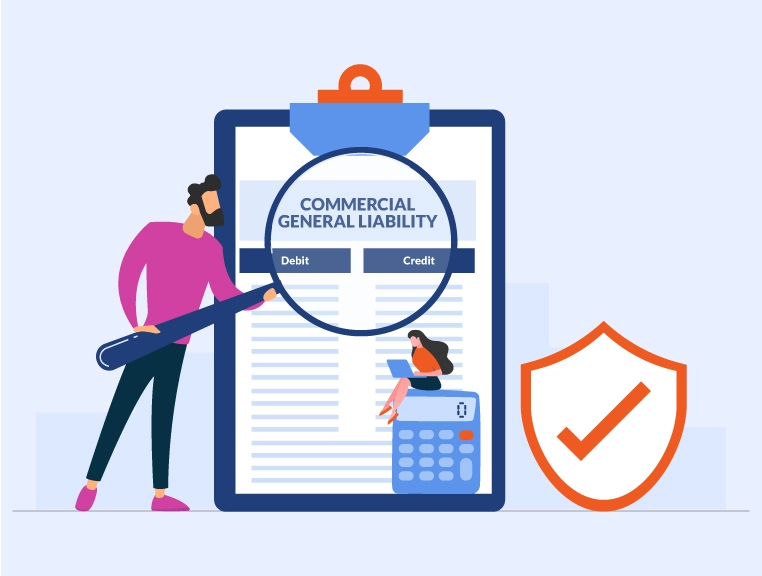In the fast-paced world of digital content creation, the pressure to publish frequently can sometimes overshadow the importance of thorough proofreading and editing. However, these processes are critical in ensuring that your blog posts are polished, professional, and effective. This guide explores why proofreading and editing are essential for your blog, how they can improve your content, and practical tips for achieving the best results.
The Importance of Proofreading and Editing
Why Proofreading Matters
Proofreading is the final step in the writing process, where the focus is on correcting grammatical errors, spelling mistakes, and punctuation issues. It ensures that your blog post is free from basic errors that could undermine your credibility.
- Error-Free Content: Mistakes in spelling or grammar can distract readers and detract from your message.
- Professionalism: Well-proofread content reflects positively on your brand and helps build trust with your audience.
The Role of Editing
Editing involves a more in-depth review of your content, focusing on structure, clarity, and coherence. It ensures that your ideas are clearly presented and that the content flows logically.
- Content Structure: Editing helps in organizing your ideas and ensuring that the content is logically structured.
- Clarity and Coherence: Good editing improves readability and ensures that your message is conveyed effectively.
How Proofreading and Editing Improve Your Blog
Enhancing Readability
Readable content is crucial for engaging your audience and ensuring they stay on your page. Proofreading and editing contribute to readability in several ways:
- Grammar and Spelling: Correct grammar and spelling make your content easier to read and understand.
- Sentence Structure: Editing helps in refining sentence structure to enhance clarity and flow.
Strengthening Your Message
Your blog’s effectiveness is largely determined by how well you convey your message. Proofreading and editing help in:
- Clear Messaging: Ensuring that your points are clearly articulated and free of ambiguity.
- Consistent Tone: Maintaining a consistent tone throughout the post, which is crucial for engaging your audience.
Improving SEO
SEO is significantly impacted by the quality of your content. Proofreading and editing can enhance SEO by:
- Eliminating Errors: Reducing errors that could negatively affect your SEO ranking.
- Optimizing Keywords: Ensuring that keywords are used effectively and naturally throughout the content.
Practical Tips for Effective Proofreading and Editing
Develop a Proofreading Checklist
A proofreading checklist can help you systematically review your content for common errors. Consider including:
- Spelling and Grammar: Check for basic spelling and grammatical errors.
- Punctuation: Ensure proper use of commas, periods, and other punctuation marks.
- Consistency: Verify consistency in spelling, hyphenation, and formatting.
Use Editing Tools
Several tools can assist in the proofreading and editing process:
- Grammar Checkers: Tools like Grammarly or Hemingway can help identify grammatical and stylistic errors.
- Readability Analyzers: These tools assess the readability of your content, suggesting improvements for clarity.
Read Aloud
Reading your content aloud can help identify awkward phrasing or errors that may be missed during silent reading. This technique also helps in assessing the flow and rhythm of your writing.
Take Breaks
After writing your blog post, take a break before proofreading. Returning with fresh eyes can make it easier to spot errors and make necessary improvements.
Seek Feedback
Getting feedback from others can provide valuable perspectives on your content. Consider asking colleagues or friends to review your post and provide constructive criticism.
Common Proofreading and Editing Mistakes to Avoid
Overlooking Small Errors
Even minor errors can detract from the professionalism of your content. Avoid overlooking small spelling or grammatical mistakes that can impact the reader’s experience.
Ignoring the Structure
Focusing solely on spelling and grammar while neglecting the overall structure can lead to a disjointed blog post. Ensure that your content is well-organized and flows logically.
Skipping the Editing Process
Skipping the editing phase can result in poorly structured or unclear content. Always take the time to edit and refine your post to improve its quality.
Relying Solely on Tools
While editing tools are helpful, they are not a substitute for human review. Combine tool assistance with manual proofreading to achieve the best results.
Tools and Resources for Proofreading and Editing
Grammarly
Grammarly is a popular tool that helps with grammar, spelling, and punctuation. It offers suggestions for improving writing style and clarity.
Hemingway Editor
The Hemingway Editor focuses on readability and sentence structure, providing suggestions for simplifying complex sentences and improving overall clarity.
ProWritingAid
ProWritingAid is a comprehensive writing assistant that offers grammar checks, style improvements, and detailed reports on writing quality.
Google Docs
Google Docs offers basic proofreading tools and allows for collaborative editing, making it easy to get feedback from others.
Proofreading and editing are indispensable steps in creating high-quality blog content. By ensuring that your posts are free from errors, well-structured, and clear, you enhance readability, strengthen your message, and improve SEO. Incorporate practical tips and tools into your workflow to achieve polished and professional content that resonates with your audience.
FAQ
Why is proofreading important for my blog?
Proofreading is crucial for catching grammatical errors, spelling mistakes, and punctuation issues, which helps in maintaining professionalism and readability.
What is the difference between proofreading and editing?
Proofreading focuses on correcting surface-level errors, while editing involves a deeper review of structure, clarity, and coherence.
How can proofreading and editing improve my blog’s SEO?
By eliminating errors and optimizing keywords, proofreading and editing can enhance your content’s SEO performance and search engine ranking.
What tools can assist with proofreading and editing?
Tools like Grammarly, Hemingway Editor, ProWritingAid, and Google Docs offer various features to aid in proofreading and editing.
How can reading aloud help with proofreading?
Reading aloud helps in identifying awkward phrasing and errors that may be missed during silent reading, improving overall content flow.
Should I rely solely on editing tools?
No, while tools are helpful, combining them with manual proofreading ensures a more thorough review and higher content quality.
What common mistakes should I avoid during proofreading and editing?
Avoid overlooking small errors, neglecting structure, skipping editing, and relying solely on tools.
How can I get feedback on my content?
Ask colleagues or friends to review your content and provide constructive feedback to gain additional perspectives.
What is a proofreading checklist?
A proofreading checklist is a systematic list of items to review, such as spelling, grammar, punctuation, and consistency, to ensure thorough proofreading.
How can taking breaks benefit the proofreading process?
Taking breaks allows you to return with fresh eyes, making it easier to spot errors and improve the overall quality of your content.
Get in Touch
Website – https://www.webinfomatrix.com
Mobile - +91 9212306116
Whatsapp – https://call.whatsapp.com/voice/9rqVJyqSNMhpdFkKPZGYKj
Skype – shalabh.mishra
Telegram – shalabhmishra
Email - info@webinfomatrix.com









 English (US) ·
English (US) ·